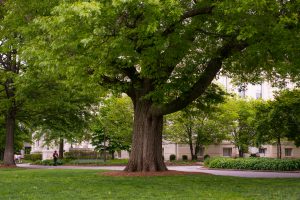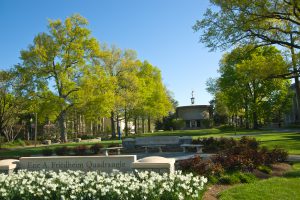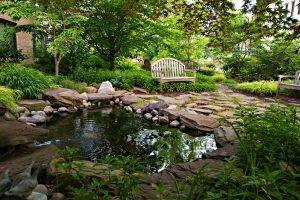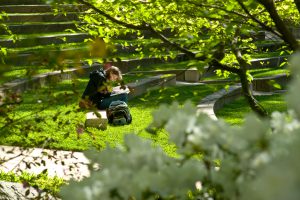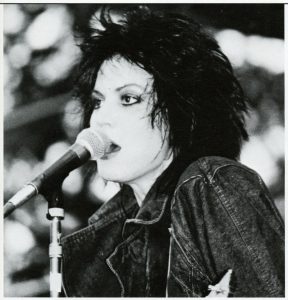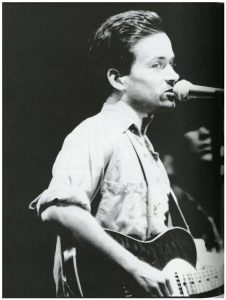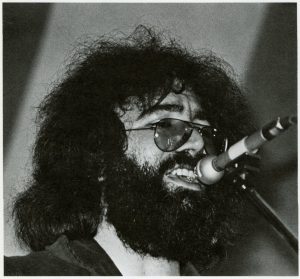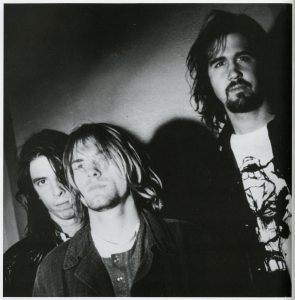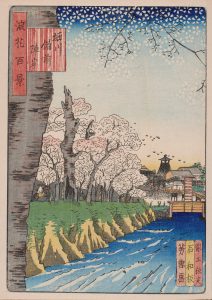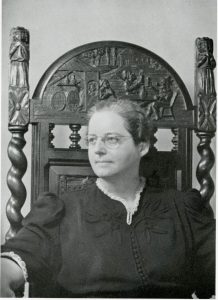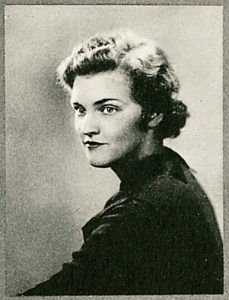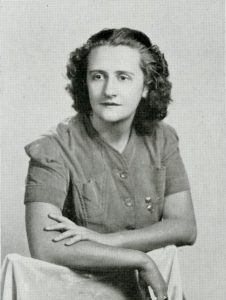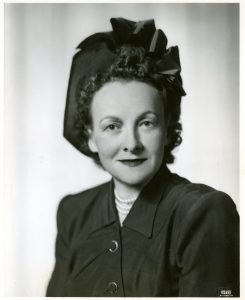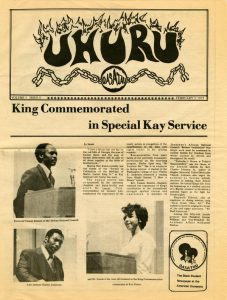In 1997, AU made campus beautification a part of its strategic plan. The goal was to transform the grounds into a horticultural showplace, a “suburban–like destination” in the city. The transformation was gradual and took several years. The design team greened campus by replacing parking lots with landscape and grass with perennials. They emphasized a holistic approach with an emphasis on sustainability.
American University formally dedicated the American University Arboretum and Gardens in 2004. AU campus features green roofs, pocket parks, and lots of trees, shrubs, and grasses. In 2016, AU joined the DC government and others in Canopy 3000, a public-private partnership, to plant 3,000 new trees in DC. AU planted new trees at several campus locations during Campus Beautification Day earlier this month.

